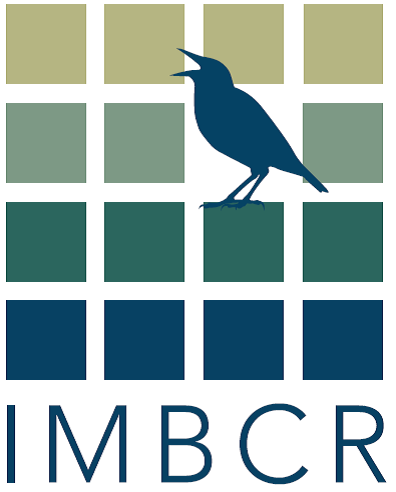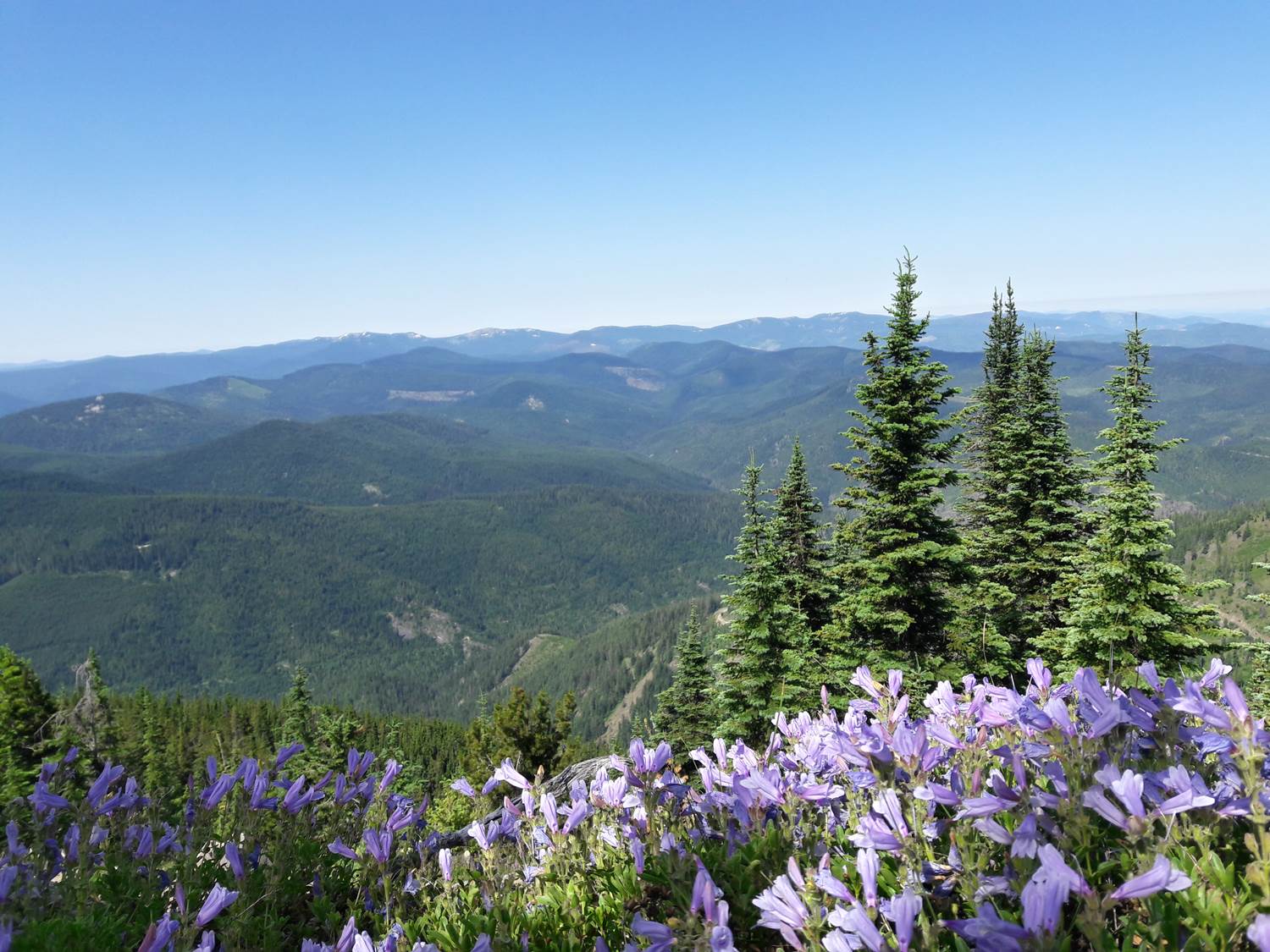Project Overview
This is a coordinated multi-agency bird monitoring effort that covers most western states and we are excited to continue collecting data that contributes at multiple levels. Technicians on this project travel extensively to reach the various survey locations and some of the hiking is quite grueling and in very steep and wet (but beautiful!) terrain.
The IMBCR program provides landbird population estimates and trends at multiple spatial scales. You can query IMBCR data at the Rocky Mountain Avian Data Center.
Research and Reports
The largest extent of the IMBCR sampling frame is the Bird Conservation Region: ecologically distinct geographic regions in North America with similar bird communities, habitats, and resource management issues. The IMBCR program provides robust population estimates and trends for breeding landbirds at multiple spatial scales.
View references, reports, and project updates on our ResearchGate page.
Or query IMBCR data using the Rocky Mountain Avian Data Center.

